Warning: If you don’t like gruesome murders, please don’t read this true story.
WW II was over, and it was the early summer of 1946, a time to feel happy to be alive.
John Kyne, well known oldtimer in Moss Beach and Montara, was walking in Wagner Canyon–named after the publisher who “founded Montara”– near the Coastside Nursery when he had one of those horrific life-changing encounters–the kind you wish you never had. He ran into a pretty young woman stumbling about in a daze. She was barefoot and could barely stand; she kept falling to her knees. It looked like she was wounded. Kyne heard her mumbling, calling out unfamiliar names, calling for Vorhas, Caroline and Barbara–but she was calling into the wind because there was nobody else there. At least no one else who was alive.
John Kyne walked in the direction the woman had come from and discovered the horror: two tiny children, two little girls, dead. Their fully clothed bodies lay nine feet apart with a layer of leaves covering them. Kyne shielded the injured woman from seeing them.
Apparently the dead girls’ mother, the woman had a deep skull fracture and it didn’t take much for Kyne to realize a terrible crime had been committed in his neighborhood, and he tried to make the woman comfortable while calling the local authorities. Meanwhile the pretty young lady, no more than 25 -years- old, fell into and out of conciousness. Kyne hoped medical help would arrive quickly.
Kyne’s son, Peter, was a famous novelist, whose subjects were lighthearted, and John couldn’t help but wonder what Peter would think of this real-life drama his father had been thrust into the middle of.
Half Moon Bay Constable Fred Simmons was one of the first to arrive and took the woman to the nearby Community Hospital. She had a deep five-inch gash in her skull, the weapon, some kind of blunt instrument.
Her condition was extremely serious, said Colonel Harold Roycroft, the medical superintendent at Community Hospital, giving her a 50-50 chance of survival. Interrogating her was discouraged but Chief Deputy Sheriff Walter H. Moore did get a few questions in before she lapsed into semi-consiciousness. Within hours he learned that her name was Lorraine Newton, that she was from Alameda, that she had been crawling around all night and that she remembered little other than driving to Rockaway Beach in Pacifica with her husband and two daughters.
Lorraine Newton had also mumbled about looking at the waves in the afternoon or was it in the evening. She was confused; she couldn’t remember. She didn’t know her little girls were dead and that horrible reality was going to be kept from her until she fully recovered.
Sheriff Moore wanted to know where the husband, Vorhas Newton, was, and detectives fanned out to find him. Was the husband the perpetrator of this vicious, senseless crime?
Despite the horrific circumstances, there was a light moment when Constable Simmons asked Sheriff Moore how his son, Gordon, was doing. Moore loved this question; he couldn’t believe his son, Gordon, born in Pescadero, (and the future founder of the high tech blockbuster Intel) was a genius, and he told everyone so, this time being no exception.
Meanwhile the two little dead girls were taken to the A.P. Dutra Chapel in Half Moon Bay. The autopsy performed there revealed that both children, seven- month- old Caroline and the almost two- year- old Barbara had died of skull fractures.
John Kyne may have had the missing link: He saw a car drive up the trail into Wagner canyon the day before and saw the same car speed down the road later. A man was driving and surely Kyne was able to describe the man as well as the make and model of the car, just what the police needed to track down the possible killer. And they were bearing down fast.
….to be continued

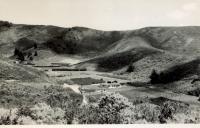
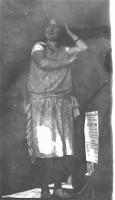
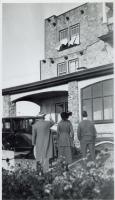
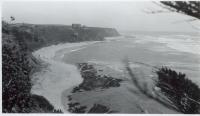
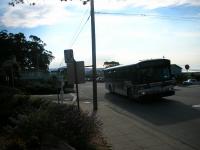
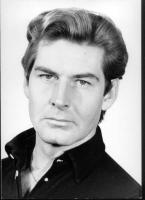
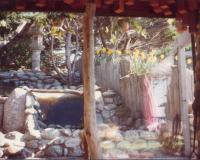
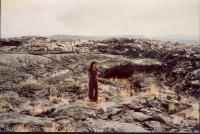
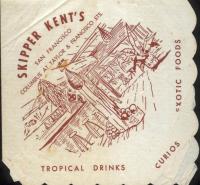
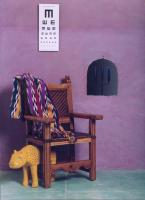 < photo by Judy Howard.
< photo by Judy Howard.